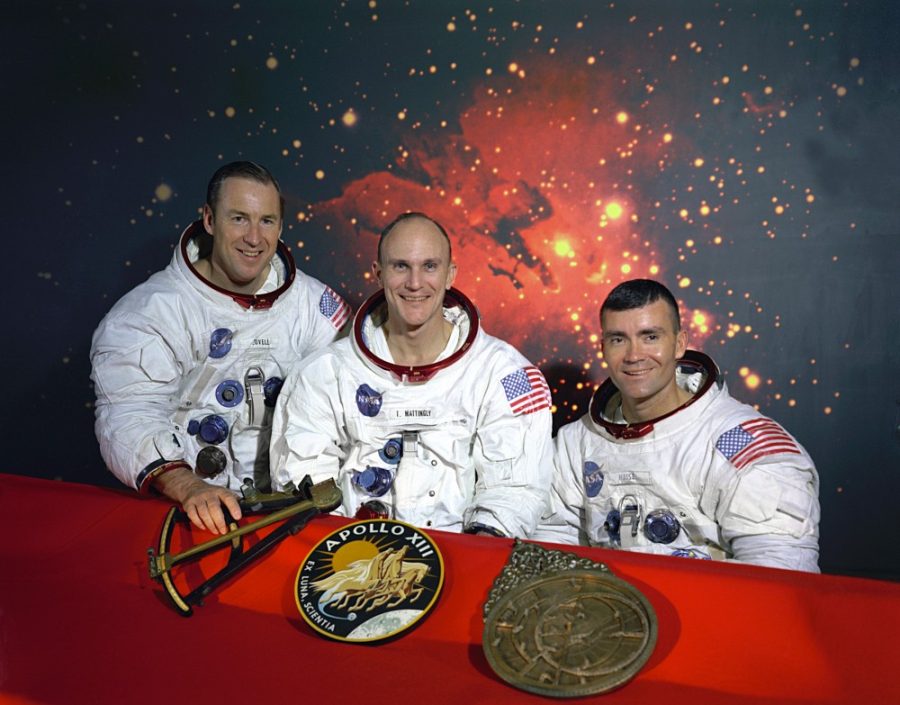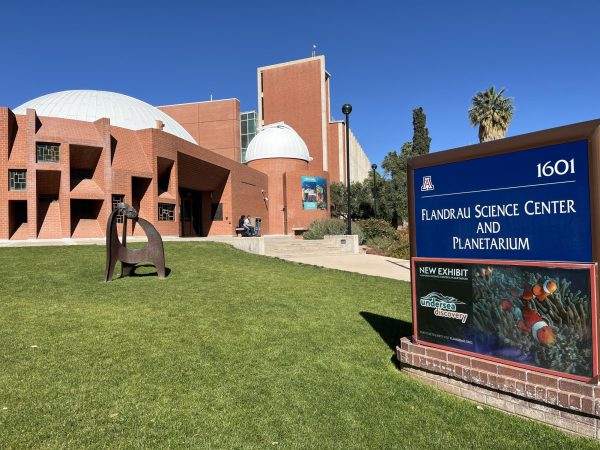April 13 is as ordinary a day as any other—which means that over the years it has seen its fair share of science headlines. Read on for the details.
1909 – Birth of a Manhattan Project mathematician
Mathematician Stanislaw Ulam had an illustrious career even before arriving at the Manhattan Project, the U.S. effort to build an atomic bomb. Born and educated in Poland and Ukraine, Ulam lectured at Harvard and became an assistant professor at the University of Wisconsin in Madison, WI before moving to Los Alamos, NM to work on the top-secret project.
While working on hydrogen bomb design with physicist Edward Teller at Los Alamos, Ulam had a dream that cracked the puzzle perplexing the Manhattan Project scientists: how to use chemical explosives to initiative a nuclear blast. The Teller-Ulam design—now fundamental to the field—relied upon sequential explosions within the bomb, similar to knocking over a set of dominoes.
After the Manhattan Project, Ulam went to the University of Colorado in Boulder, CO. He was also famous for devising the Monte Carlo random sampling algorithms now in wide use today.
1953 – CIA initiates Project MKULTRA
Despite the vast number of Cold War conspiracy theories, sometimes facts are stranger than fiction. On this day in 1953, The U.S. Central Intelligence Agency (CIA) initiated Project MKULTRA, a top-secret science program aimed to develop mind control and behavior modification technologies as part of the conflict with the Soviet Union.
Recruiting the unknowing Scottish psychiatrist and McGill University psychiatry department founder Dr. Donald Ewen Cameron, CIA personnel orchestrated numerous experiments on uninformed, nonconsenting participants. Tests took place at dozens of universities around the U.S. and Canada and involved drug use, both by recruiting addicts to the program through manipulation of their dependencies and by directly giving participants LSD. One unwitting participant, U.S. Army researcher Frank Olson, died after leaping from a window several days after unknowingly being given a dose of LSD. Cameron himself often applied high-strength electroconvulsive therapy to his test subjects.
Although the CIA intended to create a truth drug to aid in interrogations, MKULTRA came to a halt in 1964 and eventually received widespread attention when the U.S. Senate’s Church Committee began investigating alleged CIA abuses. While many documents are now free to view, much information is still publicly unavailable since CIA director Richard Helms ordered MKULTRA documents destroyed in 1973.
RELATED: Former NASA astronaut to teach online UA course
1970 – Houston, we have a problem
Apollo 13 should have landed on the Moon. However, the astronauts aboard the Apollo Command/Service Module (CSM) never stepped foot on the lunar surface.

Before ever reaching the moon, an oxygen tank exploded on the evening of April 13, the victim of an exposed wire’s spark. In addition to providing breathing air, the tank also helped power the spacecraft’s fuel cells.
Although the film dramatization changed the exact wording of astronaut Jack Swigert’s famous quote from “Houston, we’ve had a problem”, the movie captured the intensity of the crew’s struggle to survive. In order to conserve the CSM’s power, Apollo’s astronauts were forced to ration food and water, and stay in the near-freezing lunar lander module on the journey back to Earth.
When the time came to enter the planet’s atmosphere, the astronauts returned to the heat-shielded CSM and splashed down safely—although a bit lighter—in the Pacific Ocean, four long days after the explosion.
RELATED: UA-run HiRISE telescope snaps photographs of crashed Mars lander
1974 – The first commercially-launched satellite is launched
Before the internet, businesses had to get creative if they wanted to send messages quickly. Western Union took the solution to new heights, by sending the first commercially-launched satellite into orbit with the help of NASA.

WESTAR 1 was the first of the five-satellite WESTAR fleet. The satellites allowed Western Union to send and receive telegrams from post offices and company offices. Alongside Western Union use, the satellites also sent programming for broadcasters PBS, NPR and HBO.
Follow Logan Nagel on Twitter.









